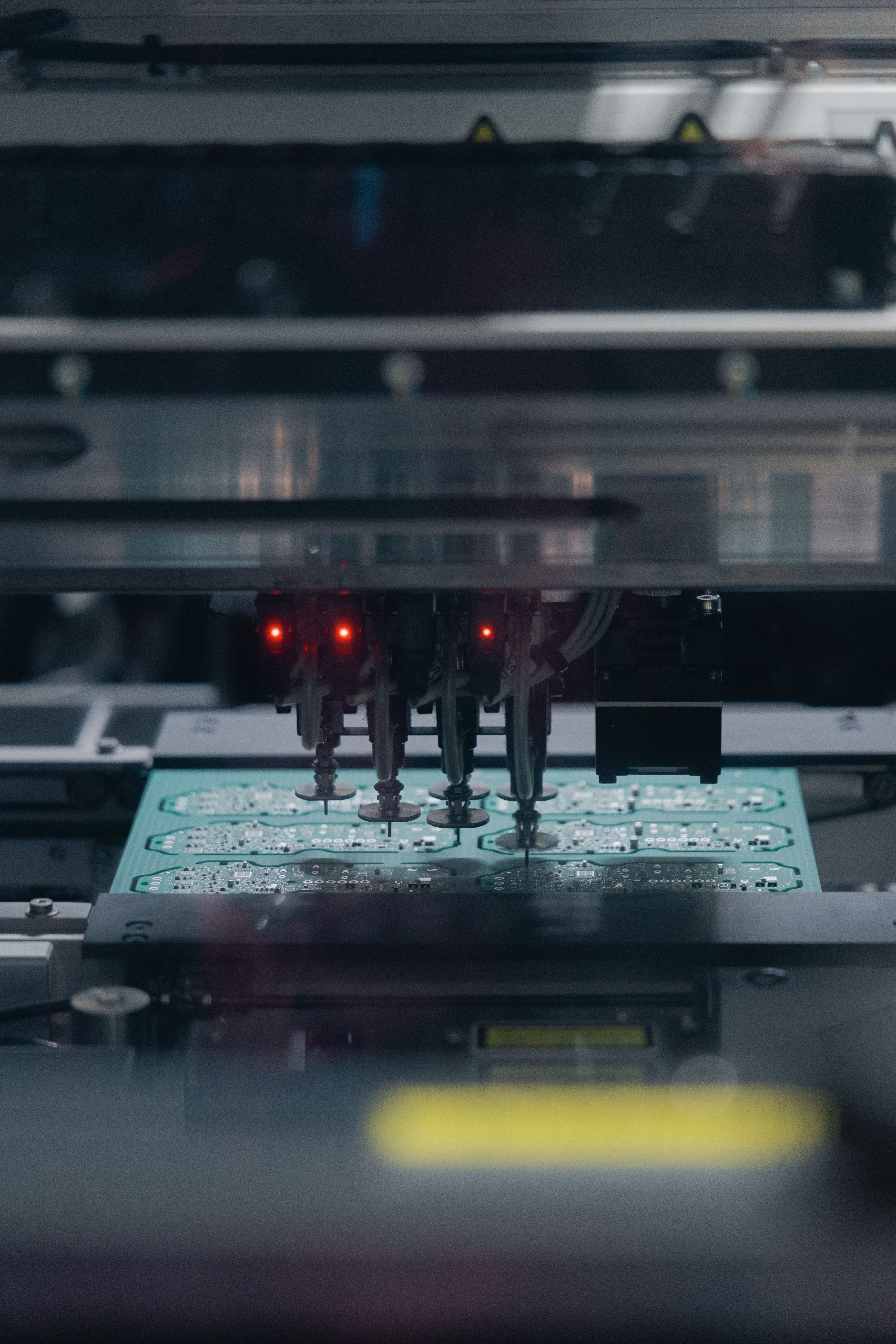DESIGNED TO CONNECT
Hardware that fits your world.
For 90+ years, Morey has designed intuitive tech that doesn’t just work—it works for you.
Product Solutions


COLLABORATIVE MANUFACTURING
Move your world forward with a partner who blends deep engineering with precise manufacturing to bring complex, connected products to market.
Meet Morey
Meet Morey
Meet Morey
Meet Morey